This is an exploration of two books, and Keith Richards’ autobiography, Life, is not one of them. But I want to start with it anyway. In his book, Keith Richards explains that in order to earn the right to play an electric guitar, he first had to learn and play “Malagueña” on an acoustic guitar he was barely large enough to hold. He described the burning need to practice, to play. And when it comes to autobiographies and biographies, this is what I love: the trajectory, the path, and the burning drive to walk that path to the end. That for Keith Richards the end has not come is a testament to luck and pluck. Against all odds, Keith is Alive and Rocking.
In The Darkest White by Eric Blehm, we explore the birth of snowboarding and the path of Craig Kelly, one of its most important characters. Kelly’s path is the path of the sport itself. He literally helped carve it out from its birth. Unfortunately, Kelly’s path is cut short. The Darkest White is incredibly well researched. Blehm combines his deft writing skills with nuanced details and interviews to provide an intimate portrait of Kelly and the sport’s nascent culture. And more. A lot more.
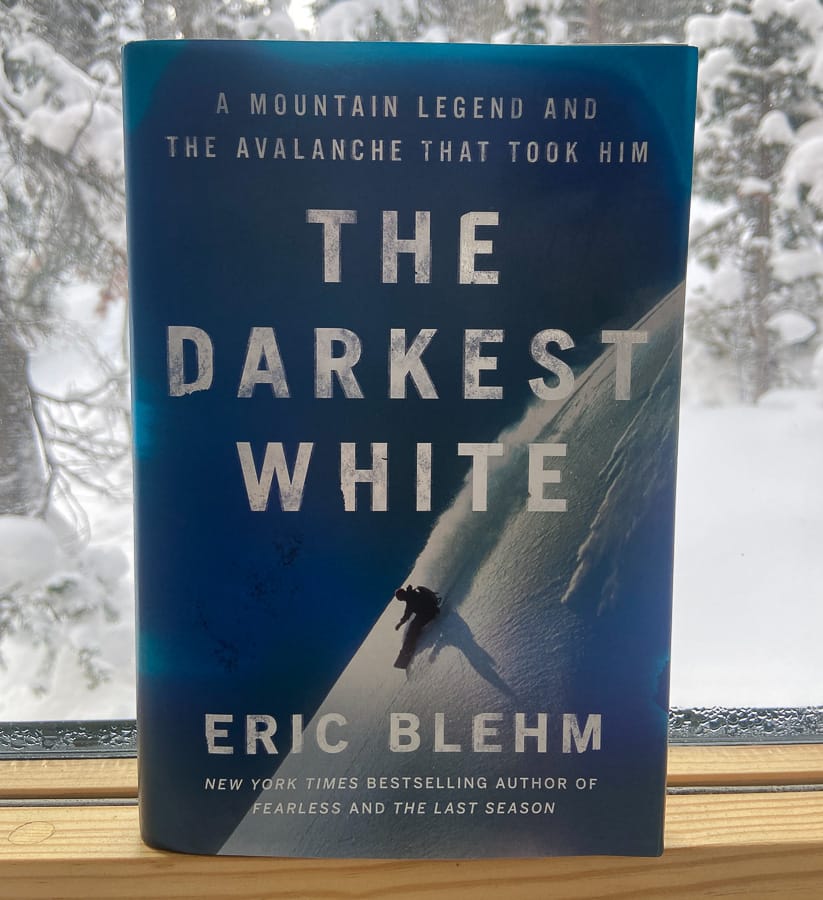
If anything, unless you are really into snowboarding, the details of Kelly’s rise in the sport, which races and comps he won, and who else was there, all this might be a bit too detailed. But I didn’t mind. In this book, you see the fire catch in Kelly. That is what I love to learn about.

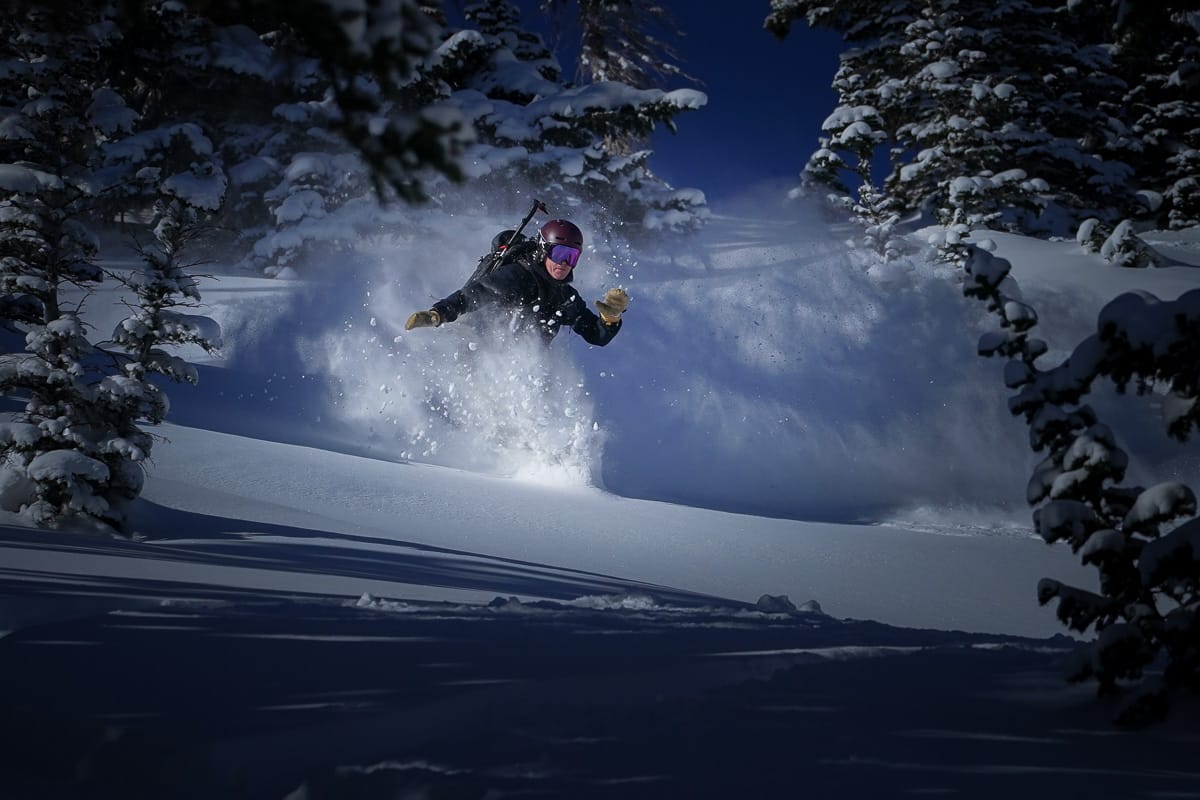
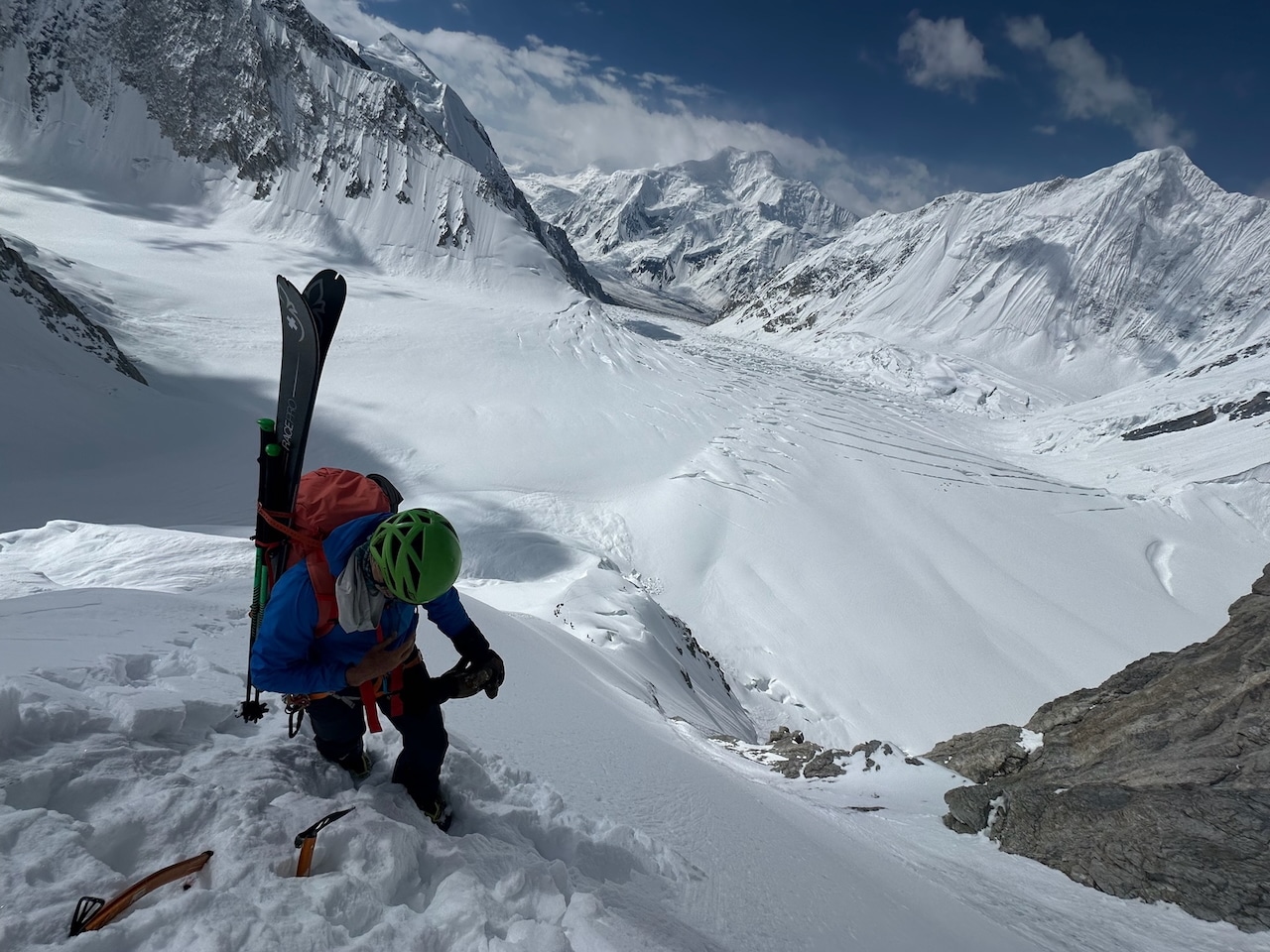
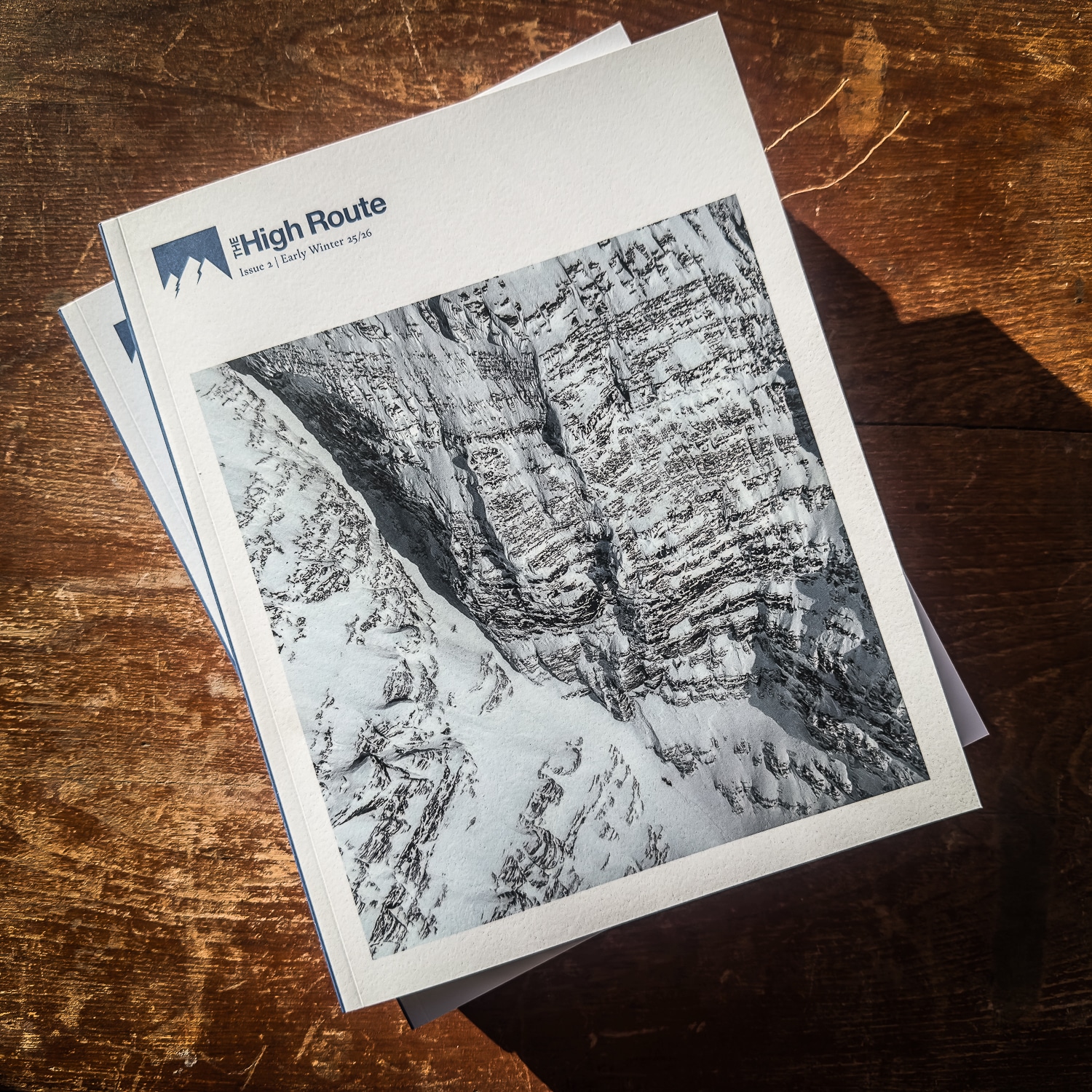
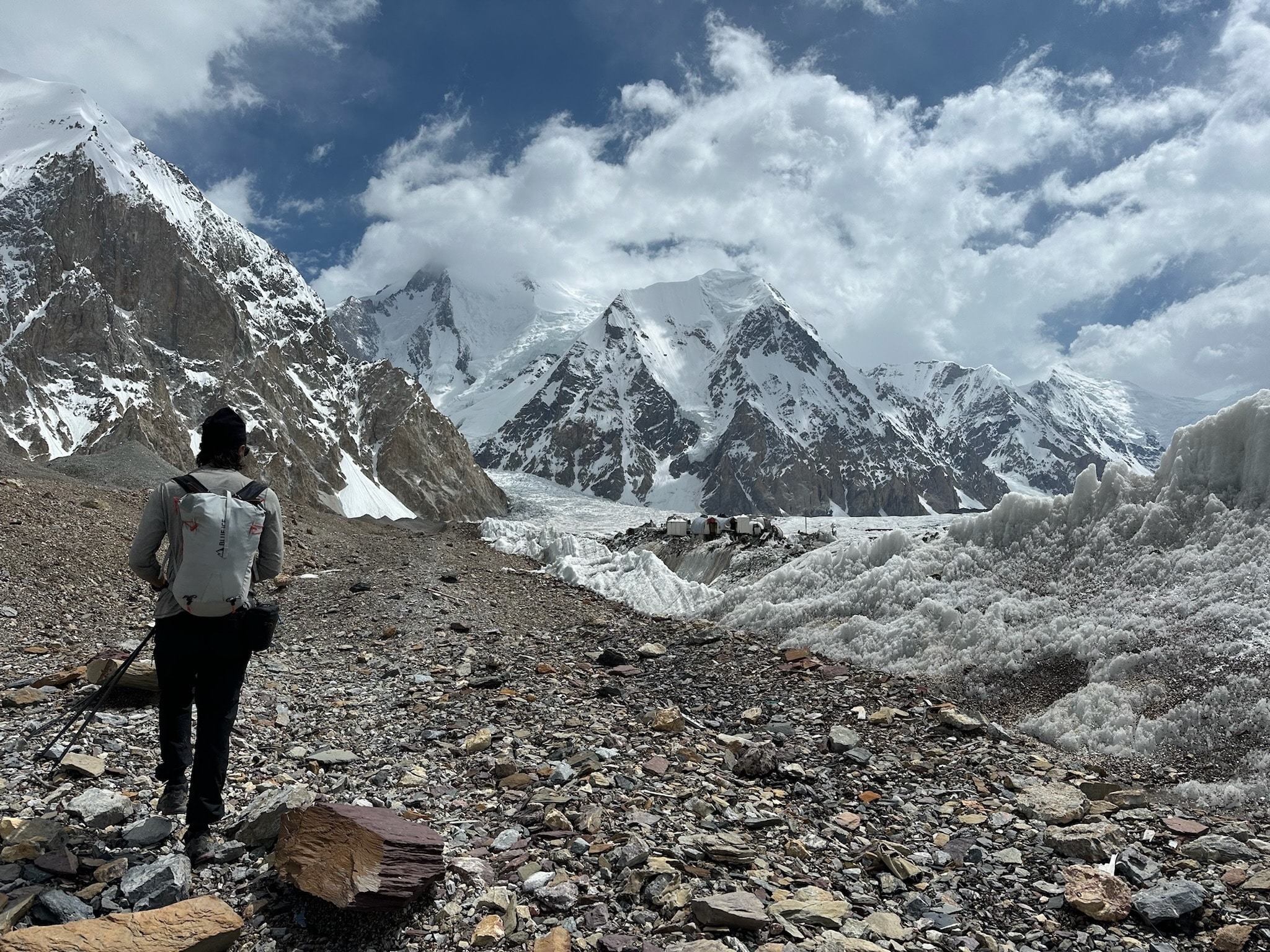
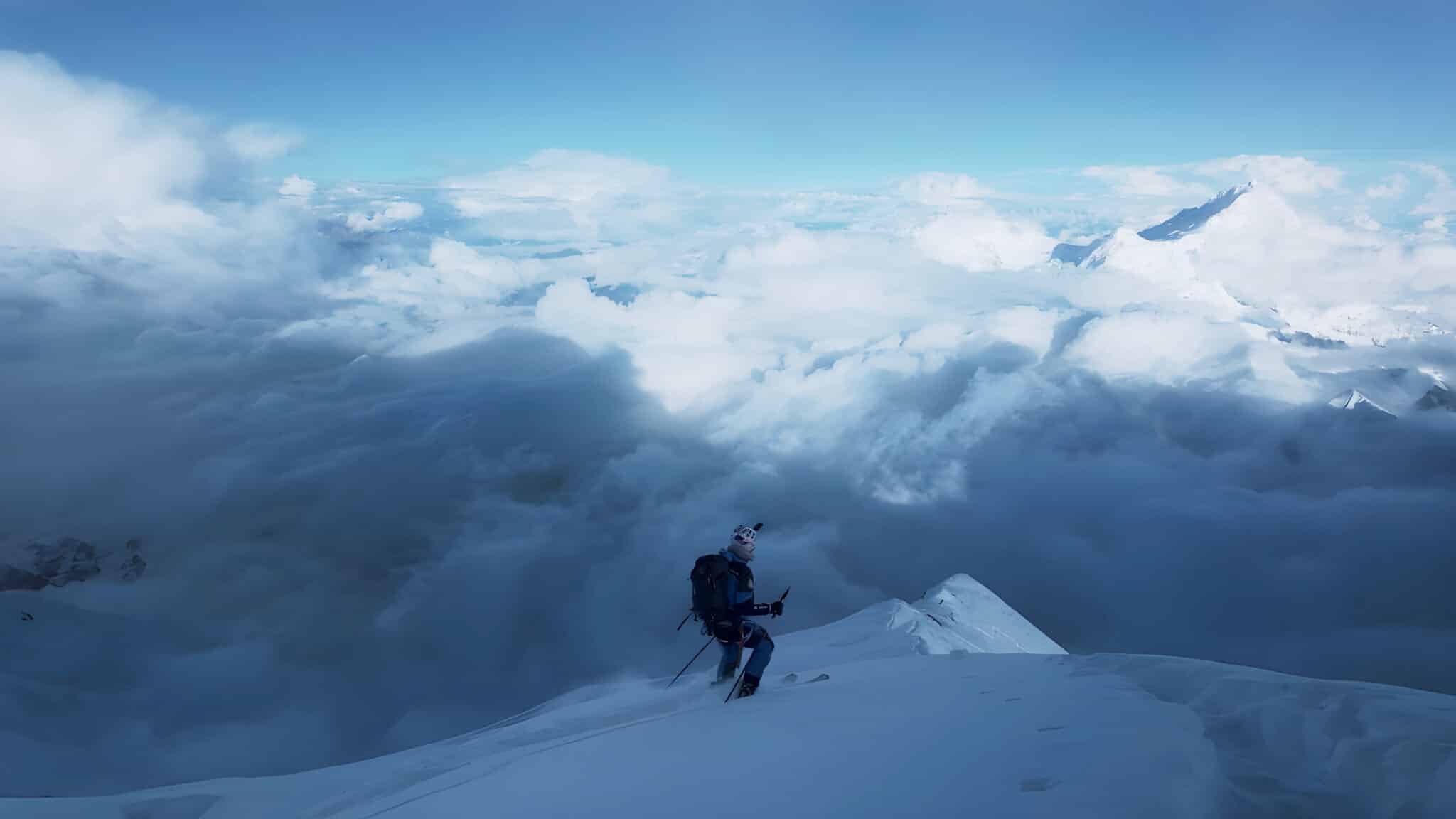
Leave a Reply
You must be logged in to post a comment.